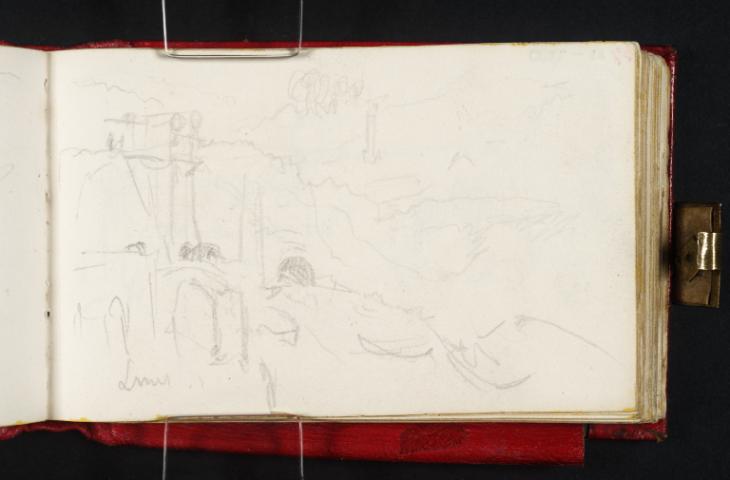1909
A.J. Finberg, A Complete Inventory of the Drawings of the Turner Bequest, London 1909, vol.II, p.740, CCXL 49a, as ‘Chimneys, probably at Dudley’.
1974
Martin Butlin, Andrew Wilton and John Gage, Turner 1775–1851, exhibition catalogue, Royal Academy, London 1974, p.122 under no.426, as a Dudley subject.
1979
Eric Shanes, Turner’s Picturesque Views in England and Wales 1825–1838, London 1979, p.156, as a Dudley subject.
1990
Frank Milner, J.M.W. Turner: Paintings in Merseyside Collections: Walker Art Gallery; Sudley Art Gallery; Williamson Art Gallery; Lady Lever Art Gallery; Liverpool University Art Gallery, Liverpool 1990, p.53 under no.26, as a Dudley subject.

